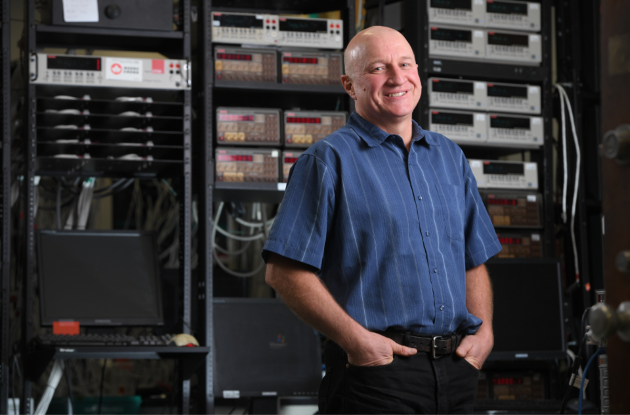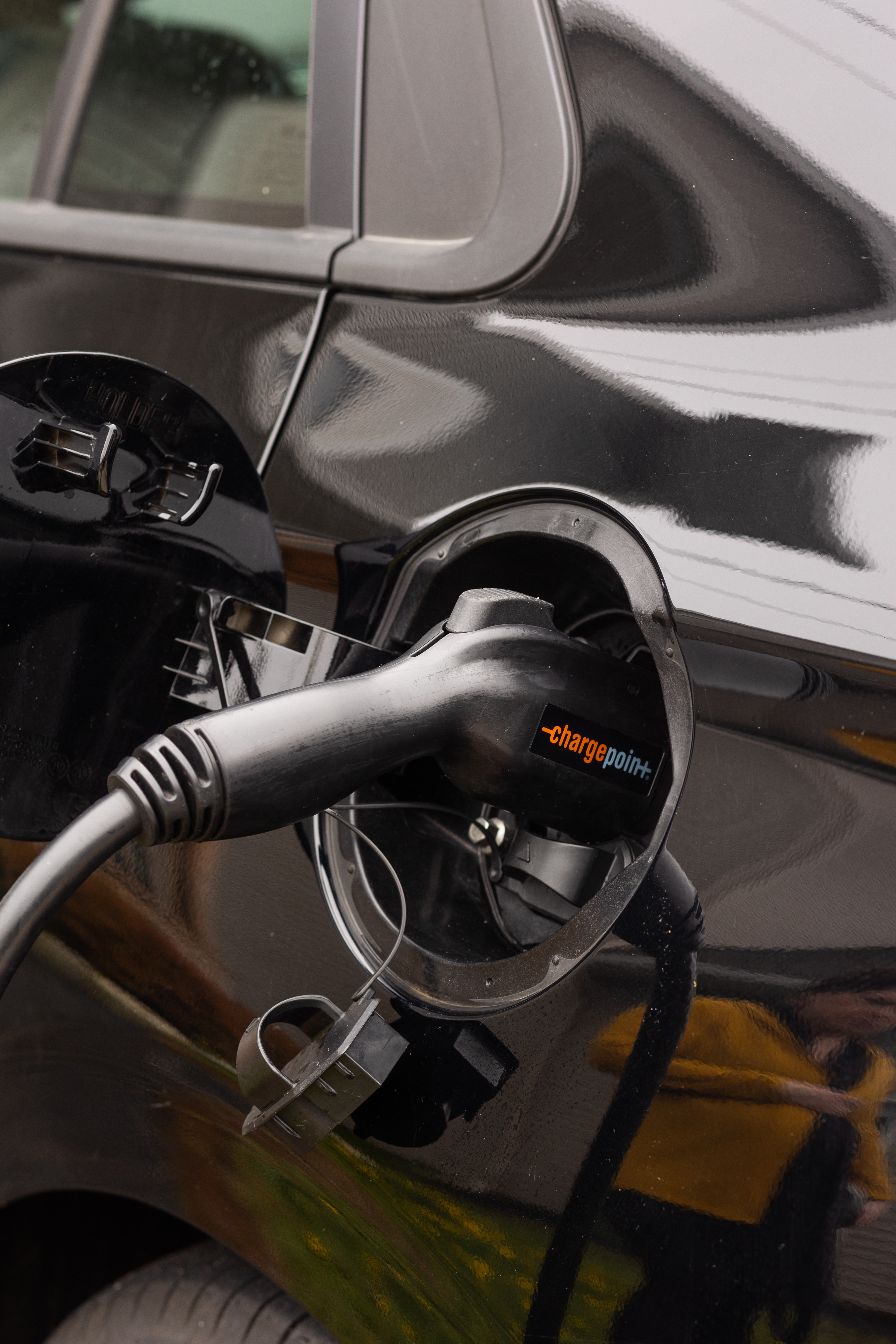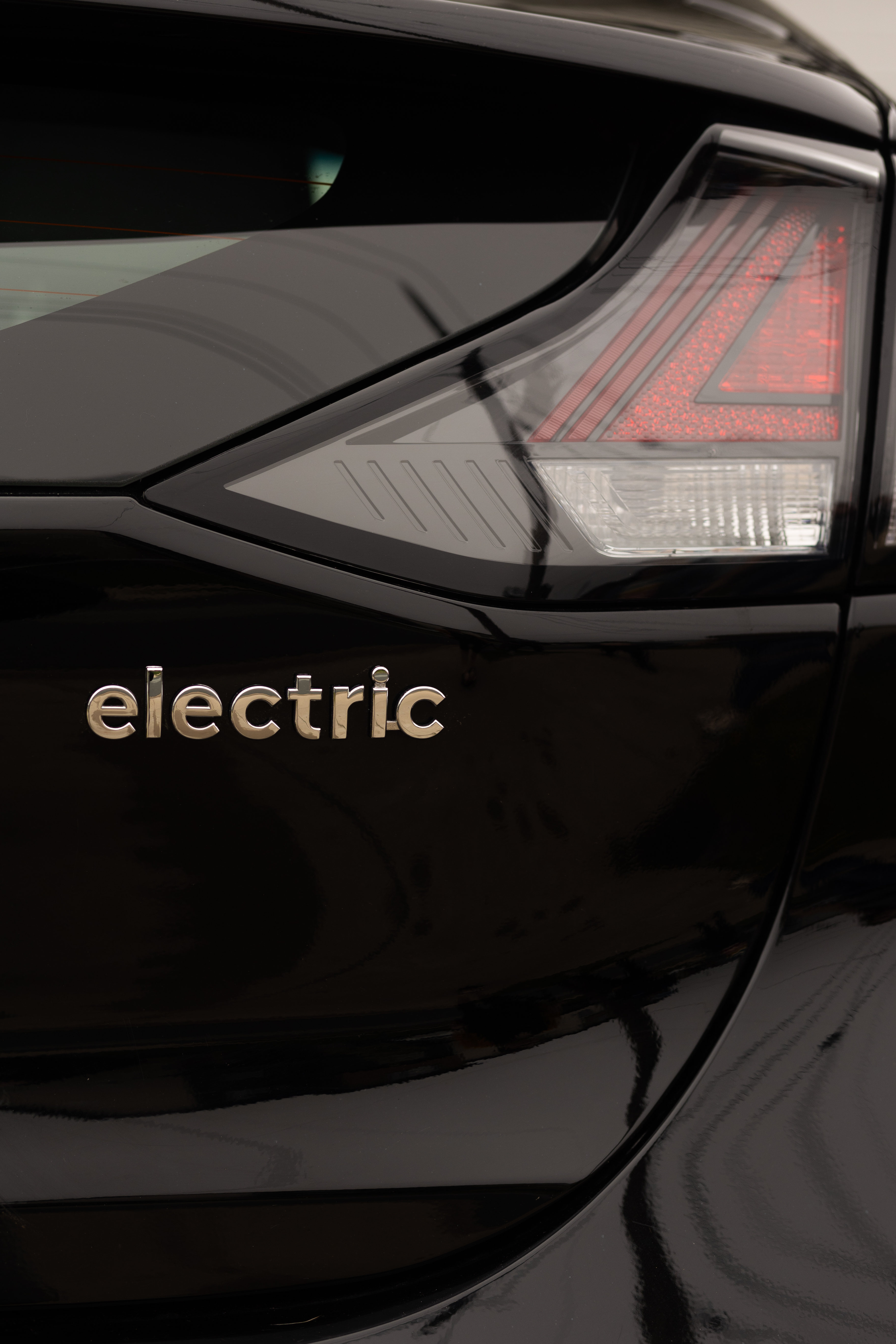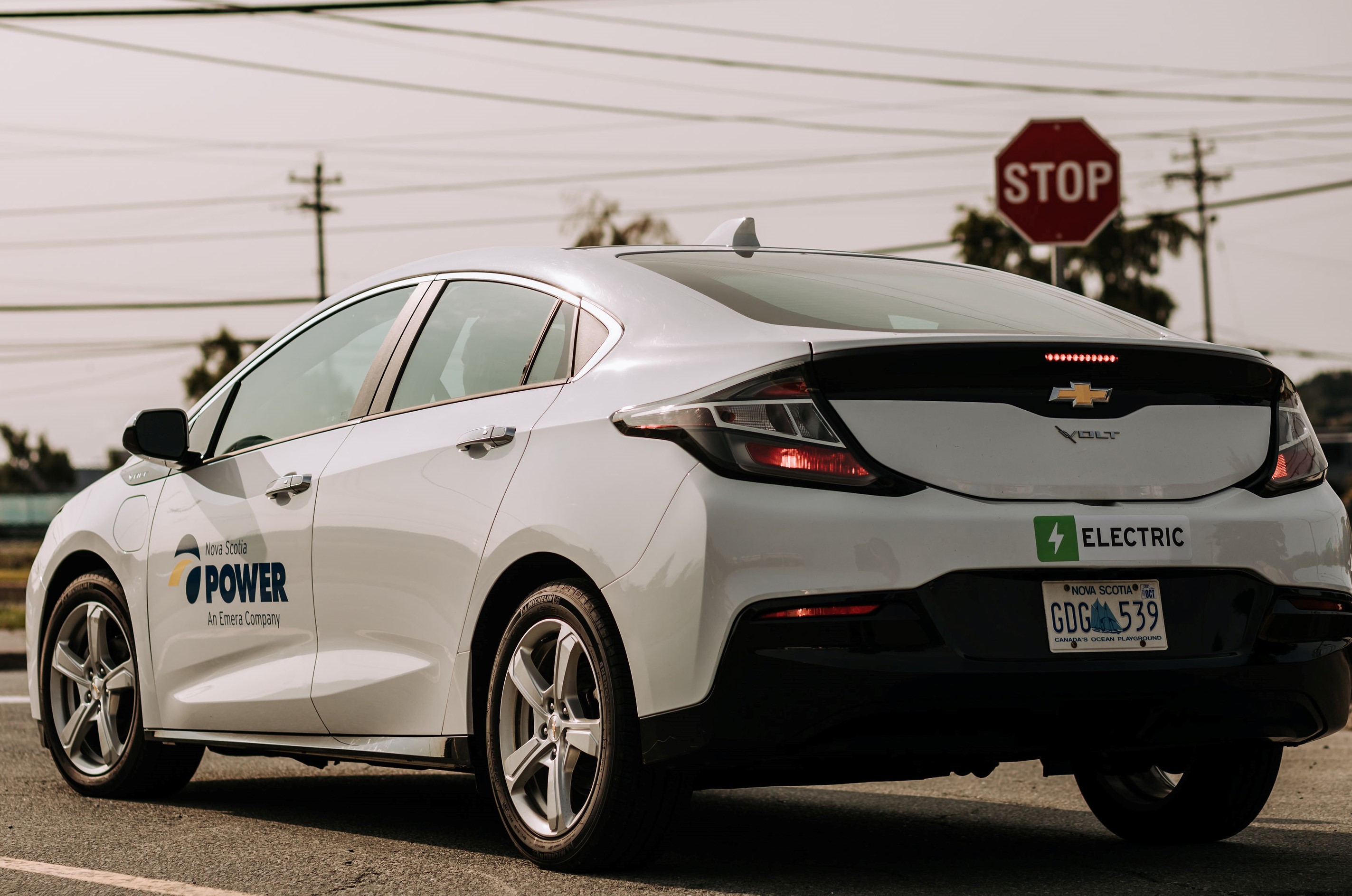How EV batteries can change the ways we power our lives, homes and businesses
Lithium-ion batteries have been around since 1991. Since arriving on the market, they’ve altered the way we use energy. They power devices we rely on every day like our laptops and cell phones.
And today, they have the potential to help us tackle climate change.
Imagine a future where you can use the battery in an electric vehicle to power your home during an outage.
Imagine that you can store energy in your EV battery when renewable energy generation is high.
Imagine you can send that energy to your neighbours or back to the grid.
Batteries are shaping our energy future and can provide you with cleaner electricity and more ways to save.
The power of the batteries that move us

Jeff Dahn - Photo by Danny Abriel, Dalhousie University
At this year’s Smart Energy Event—a conference focused on reducing emissions and working towards net-zero—we spoke with Jeff Dahn. A professor at Dalhousie University and a global leader in battery research, Jeff’s changed what lithium-ion batteries are capable of and done it all in our backyard. It turns out that even after studying batteries for 43 years, there’s still a whole lot to get excited about.
“In 2016, my lab started a research partnership with Tesla”, says Jeff. “One of the things we’ve been focused on is extending the life of lithium-ion batteries. This has been important with the rise of electric vehicles. By 2030, 90 per cent of all lithium-ion batteries will be in cars. And those batteries are an enormous asset, not just for the vehicles, but for our electric grid.”

Energy storage parked in your driveway
The lithium-ion batteries in electric vehicles can serve as energy storage for many different purposes. As more Canadians choose to drive electric, it means we’ll have energy storage technology parked in driveways across the province.
“The battery in an electric vehicle might be charging and discharging to the grid a couple times a day while your car is parked”, explains Jeff. “And with vehicle-to-grid technology, you can take advantage of this idle time.”
It’s an opportunity that we’re actively exploring through the Smart Grid Nova Scotia pilot. As we transition to 80 per cent renewable energy by 2030, batteries are an important solution to help us bring more clean energy to the grid. Our electric vehicle smart charging program is studying how we can work with our customers to share in the benefits of managed charging. By providing us with control over when the vehicle charges, we can have charging take place during off-peak hours or while we’re generating electricity from renewable energy sources like wind.
Benefits for homeowners, businesses and communities
“The benefits aren’t just on the energy provider side”, notes Jeff. “In the future, it could also be a chance for the vehicle owner to make money by allowing the utility to store energy and release it as needed.”
It’s why the another key component of our Smart Grid Nova Scotia pilot is exploring bidirectional charging. This technology allows EV drivers to use the energy stored in their battery to power a home or building, or to send power back to the grid. It’s technology that has the potential to make a big impact by helping us manage our electric load during peak times, while enabling us to grow our use of renewable energy.
But setting up our homes and communities to integrate this technology will require changes beyond the energy sector. As our province and municipalities work to create a greener, more sustainable future, it’s an opportunity to work together.

“Municipalities, provinces, our federal government and utilities across Canada need to realize how important this is”, says Jeff. “If we’re going to take advantage of battery technology, we need to get ready. Building codes need to change. There will ultimately be thousands of gigawatt hours of Li-ion batteries in vehicles that can be used for energy storage.”
Working together on our energy future
As we work towards our 2030 clean energy target, the urgency is real. It’s why we’re modernizing our grid to support an electricity system that will be much more distributed and bidirectional. This means that instead of strictly providing electricity to customers, customers will be participating by storing and generating energy of their own.
It’s a future that will be powered by renewable energy. And Jeff is prepared for what’s next.
“This is a huge opportunity and it’s incredibly important for the planet. We’ve done our part. Lithium-ion batteries in most vehicles are ready for vehicle to grid applications.”
For more information about how we’re studying and integrating vehicle and stationary battery technology, visit nspower.ca/smartgridNS.
Share This Post:








